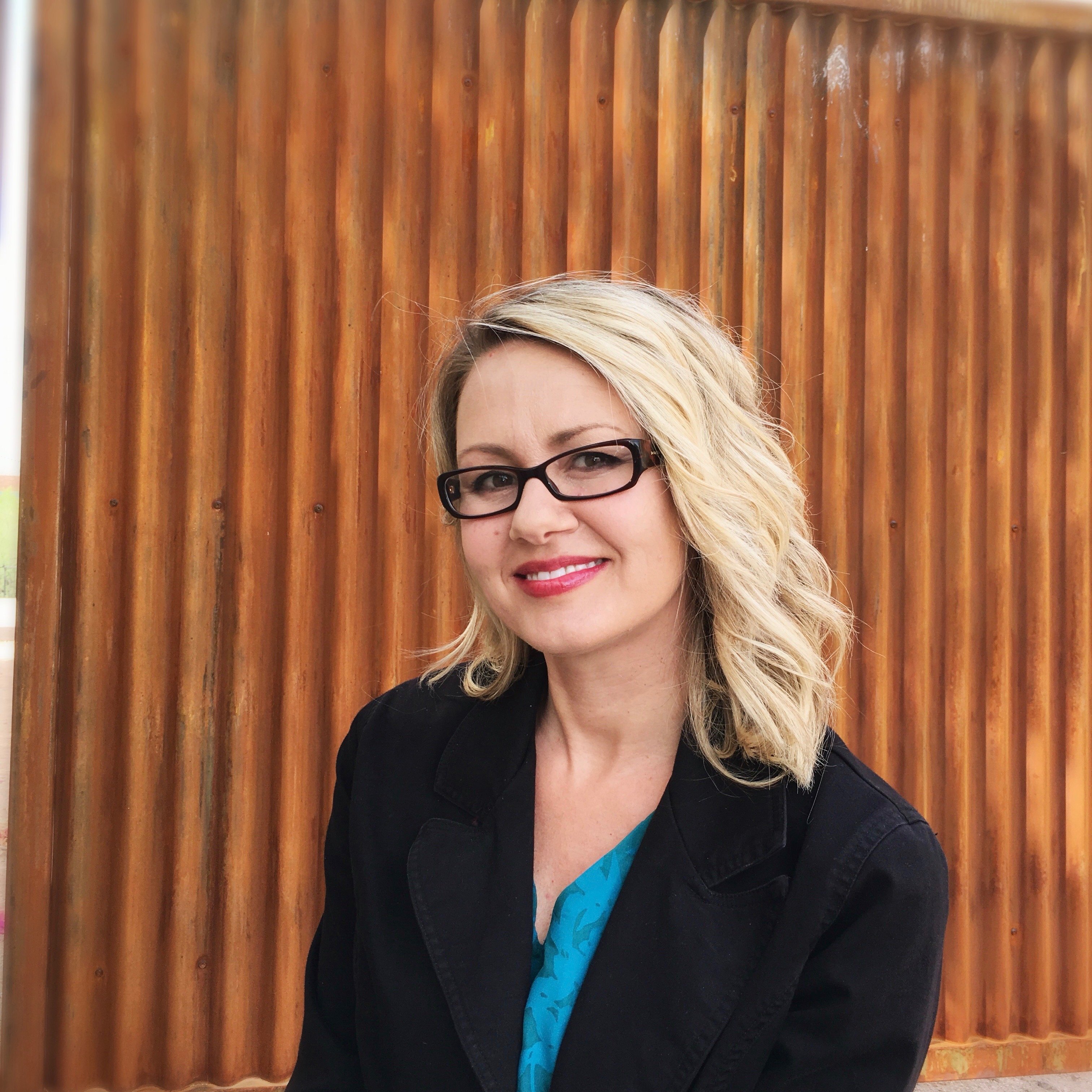What Will Tucson Look Like in 2050?
Millennials are at it again, but this time with the goal of sharing their vision of what Tucson might look like in 2050. The students from the College of Architecture, Planning, and Landscape Architecture at the University of Arizona, recently revealed to the public their semester-long project in hopes of receiving feedback from the community, per Tucson News Now.
The project, which was sponsored by GLHN (an employee-owned firm of architects and engineers in Tucson and Phoenix), originally started in the spring of 2017 under the direction of Assistant Professor Courtney Crosson AIA. The project included 12 students that took the challenge of envisioning how Downtown Tucson could transform into a more sustainable and resilient urban core by the year 2050. Because of the project, this millennial group of students formulated ideas that would eventually become “seeds of a more comprehensive community planning effort intended to encourage investment, economic development and population growth in downtown Tucson.”

The student team developed a variety of numerical and graphical models of an economic zone along Congress Street, an arts district surrounding the Community Center, and high density housing along the west bank of the Santa Cruz in the Mercado District of Menlo Park. Some of the improvements to the infrastructure and broad land use included reductions in energy and water use in new construction, open spaces, and along roadways. The 12 students earned multiple awards including the Association for Environmental Science and Studies (AESS) President’s Award for Educational and Environmental Collaboration and Excellence, the Arizona Forward Award for Environmental Education and Communication, and an AIA Arizona 2017 Urban and Regional Planning Citation Award.
A look at the project shows a detailed view into Tucson’s past including housing patterns, economic growth through tourism and consumerism, employment and power resources, as well as infrastructure, water use, and open spaces. One of the more interesting highlights includes a look at the Congress area, already making headlines as an area seeing rejuvenation with residential expansion and new businesses.
Part of the “2050 Downtown Tucson EcoDistrict,” project included future plans of locally owned businesses in the district, streetcar transport as the only vehicle present on Congress Street, and a large percentage of daily essentials (shopping, civic, education, recreation) within a half-mile walk for most residents. The project also included plans to have the area get water with 100 percent on-site stormwater retention where reclaimed water is used for river rehabilitation. The students presented their renderings of urban agricultural spots for producing food in the heart of downtown, curb cuts for stormwater collection, pedestrian walkways with green infrastructure, and autonomous care stations for electric and autonomous vehicles.
At the The Downtown Tucson 2050 exhibit, this year’s students revealed their additions to the plan, which included virtual reality renderings, physical models, and comment boards. Their project was based on questions regarding resilience in urban infrastructure, how to support a more active population, and how to empower a green economy through adaptive reuse.
The project, respectfully called “audacious” by GLHN undoubtedly for the grand scale of the broad range of improvements to infrastructure and land use, is already seeing positive results from observers. Nancy Keller, a 10-year resident of Tucson, told Tucson News Now, she appreciated the students ideas, adding that “we need to evolve with it.”

